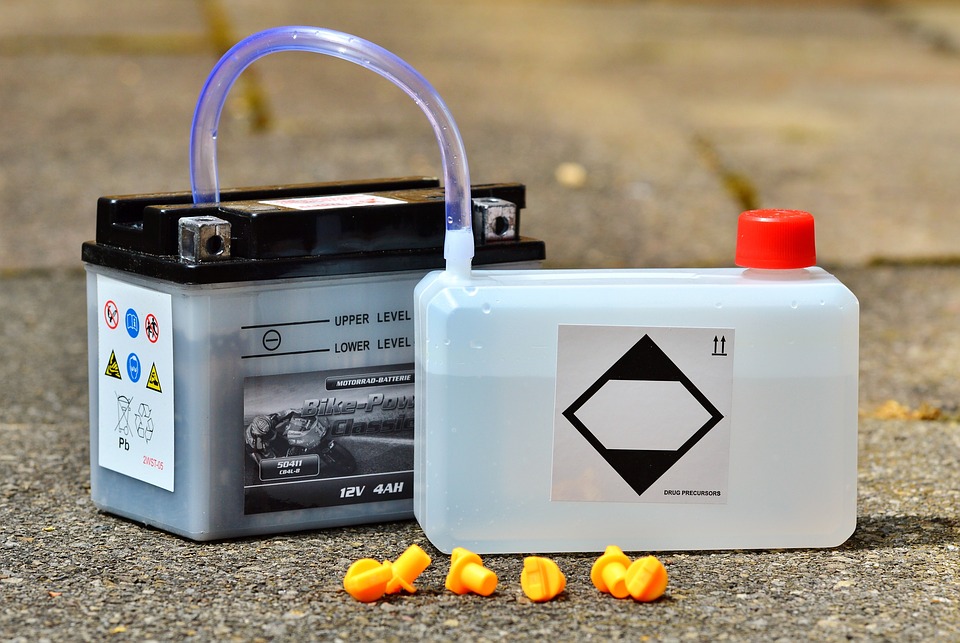The European Economic and Social Committee (EESC) supports the EU action plan for batteries drawn up by the European Commission, but notes that it must be stepped up and implemented quickly.
The risk that large sectors of the European automotive industry will move their production to regions close to battery cell production units, mostly in Asia, is real. In the Opinion drawn up by Colin Lustenhouwer, and approved in the July plenary, the EESC shows its support for the European Commission's strategic action plan for batteries, but warns that it must be strengthened and implemented quickly to avoid the possible transfer of the factories of some thirteen million European workers in the sector, said Mr. Lutenhouwer. There is clearly a widespread sense of urgency among policymakers, scientists and businesses. They realize it's late, even too late.
"We need efficient, safe and environmentally friendly batteries"
The EU battery industry is progressing slowly nowadays, we can't imagine our daily life without batteries: they are an indispensable component of our mobile phone, computer, tablet and household appliances, but also electric vehicles. At the moment the EU is going to the saga both in terms of development and production. Europe depends on third countries, particularly Asia. Almost all 85% of our batteries come from China, Japan or Korea. European production covers only a paltry 3% of world production, while that of the US amounts to 15%. In electric cars, batteries represent between 40 and 50% of their cost. These figures are likely to decrease in the near future, given the rapid development of the sector, paving the way for the European industry to count on a potentially huge market.
The European Commission's first progress report on the implementation of the strategic action plan on batteries, published in April 2019, notes that numerous measures have been put in place to ensure that the European Union has a important battery industry. One example is the European Battery Alliance, a platform that allows companies, policy makers and scientists to work together and coordinate their efforts. However, according to the EESC, there is still much to be done within the EU in the coming years to develop the sector, especially in terms of investments and innovation. "The measures should be aimed at achieving the necessary level of technological know-how, guaranteeing the supply of necessary raw materials from third countries and Member States and ensuring that the recycling of batteries is carried out in an appropriate and safe manner.
“The battery strategy is not an isolated action, but rather involves a structural approach to EU policy. Investments made now may only be visible in the future: there is a long payback period (twenty to thirty years). We need a long-term policy and have the support of national administrations", declared Mr. Lustenhouwer. Governments can drive the investment process, bringing together investors and promoters.

The EU's weak point is the limited amount of raw materials it has. Traditional batteries contain metals such as lithium, nickel, manganese and cobalt, which are currently mined in small quantities. There are potential reserves and they will need to be exploited, although at the moment it seems that they will only cover between 15% and 20% of demand. They should develop new types of batteries, such as solid state ones, which would considerably reduce the dependence on raw materials.
In general, the European population is quite reluctant regarding mining operations and the reopening of abandoned mines (the NIMBY or SPAN syndrome occurs: Not in My Back Yard/ I know but not here). "Therefore, it is necessary to highlight the positive effects of the extraction of raw materials with social and environmental awareness. It is essential to involve the local communities ("local ownership") if we want to avoid opposition to these activities that prevents them from being carried out".
Recycling can also make a substantial contribution, for example through so-called "urban mining" (recovery of elements from used products and waste). However, the numbers are low: approximately 57% of conventional batteries are not recycled, and material recycling is still at an early stage, with only approximately 10% recovered from an old battery. Therefore, "More practical initiatives are needed, especially to increase the quantities collected and the percentage of recycling".
Specific information campaigns must also be organized to sensitize European consumers that the purchase of batteries produced in Europe provides many advantages compared to the purchase of batteries from third countries, where human values and safety standards environment are not necessarily respected to the same extent", concluded Mr. Lustenhouwer.
TO CONTINUE AS UNTIL NOW WOULD MEANT TO PERPETUATE THE EXPERTISE OF OUR ENVIRONMENTAL PROBLEMS.
